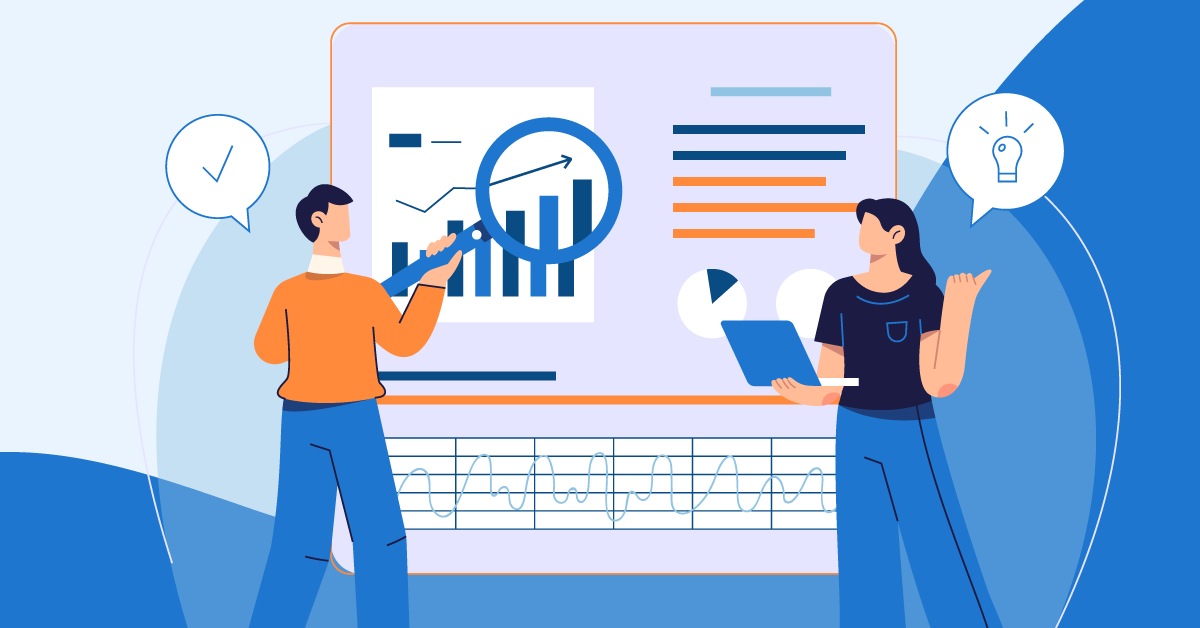Companies need to collect and act on sufficient data to provide a truly great customer experience, but there are eight important things companies must know first before embarking on a quest for data-driven marketing.
Maslow’s hierarchy of needs suggests that, for customers to be truly fulfilled or satisfied, their needs have to be met first. However, without sufficient data, it’s hard to identify and predict what customers need or want without them telling you straight.
This is why many modern businesses invest in data marketing. With tools such as customer data platforms and predictive analytics, data-driven marketing helps businesses understand customers at a deeper level: what they need, what they want, and how all of these can change depending on their customer’s environment.
In this article, we go through the essentials of data marketing. Learn the importance of knowing these key elements before going deeper into the use of big data.
Importance of Data Marketing

Without the right data, companies will find it difficult to offer the correct products or solutions to a specific customer.
If a company fails to address the unique needs and preferences of a customer, they may find the entire purchase experience unsatisfactory, potentially serving as a strong reason for them not to buy again. Worse, the customer may even actively dissuade other consumers from buying from the company, putting the company’s survival at risk.
Your marketing should be data-driven. Data helps you match your products and services with your customers’ needs and preferences. This enhances customer experience, which many marketers find important nowadays.
According to 64 percent of marketing professionals, providing a better customer experience is their top goal when using a data-driven personalization strategy. This is because many customers now prioritize experience over anything else. In fact, 86 percent of customers are willing to pay more just for a better customer experience.
It’s also worth noting that a business only becomes sustainable when they earn loyal, returning customers. According to reports, customer acquisition is estimated to be 5 times more costly than customer retention. When customers make repeat purchases in the future, the company’s sales revenue can improve even while keeping marketing costs at bay.
What You Need to Know for an Effective Data Marketing
Before implementing a data-driven marketing strategy, it’s best to first familiarize yourself with these eight data marketing essentials:
1. Being customer-centric wins

There are emerging trends that businesses should pay attention to, and being customer-centric is one of them.
Being customer-centric means fostering a positive customer experience at every stage of their journey—from the point that they find your product, down to aftersales. When a customer-centric business makes a decision, it focuses on the outcome the decision will have on its customers.
There are several ways to become more customer-centric, such as the following:
- Put customers at the center of your company culture.
- Centralize your customer data.
- Personalize the customer experience.
- Gather customer feedback and act on them.
- Monitor and analyze customer behavior.
- Use AI and automation technology to improve customer experience.
It’s important to remember that the first thing to do when evolving into a customer-centric business is to understand your major touchpoints. These are the spaces where the brand and the customer directly or indirectly interact. Examples of touchpoints are websites, social media pages, point of sales transactions, etc.
Understanding these touchpoints allow you to effectively measure and anticipate customer needs and expectations, all while taking their unique journeys. It also lets you take a closer look into your work processes, from a customer’s perspective, and lets you determine the points for improvement.
Being customer-centric is crucial to data-driven marketing. Data is useless if it does not improve the customer experience. As mentioned above, customer experience may make or break a company.
This is the reason why successful companies are now focusing heavily on customer experience. It does not only substantially reward them, but it also lets them stay relevant in the competition.
2. Data quality should be prioritized
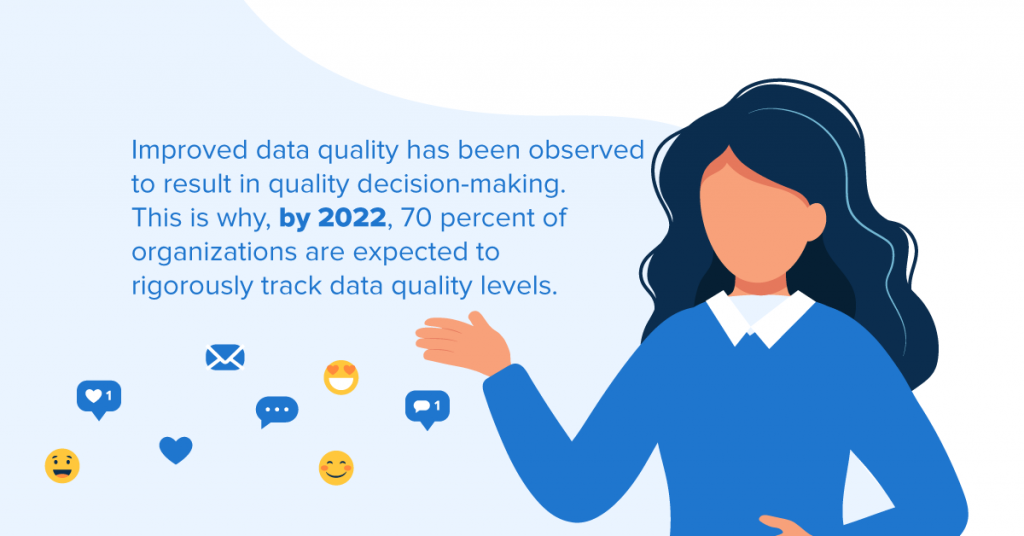
The success of your data-driven marketing strategy lies in your capacity to collect quality data. This is particularly difficult, however, to many marketers.
In a survey, 41 percent of marketers claim that improving the quality of the data they use is a critical challenge. It is right after improving customer experience (44 percent) and increasing visitor engagement (42 percent), respectively.
Another essential aspect of data marketing is the quality itself of data. It plays a huge role in the success of any data-driven marketing strategy and can significantly impact organizational efforts. According to a study, poor data quality costs organizations an average of $12.9 million every year.
Improved data quality has been observed to result in quality decision-making. This is why, by 2022, 70 percent of organizations are expected to rigorously track data quality levels.
To improve your data quality, consider doing the following:
- Find out the level of impact that quality data has on your business decisions.
- Define the standard of data that best fits your organization.
- Frequently examine data from its existing source and summarize the information about the data as early as possible.
- Link data quality initiatives to business outcomes at a board level.
- Have someone responsible for ensuring data quality.
- Identify and share the data quality best practices that were found to be impactful.
- Regularly communicate the benefits of better data quality throughout the organization.
Connect with data quality peer groups in the industry and exchange best practices and insights.
3. Segment your audience
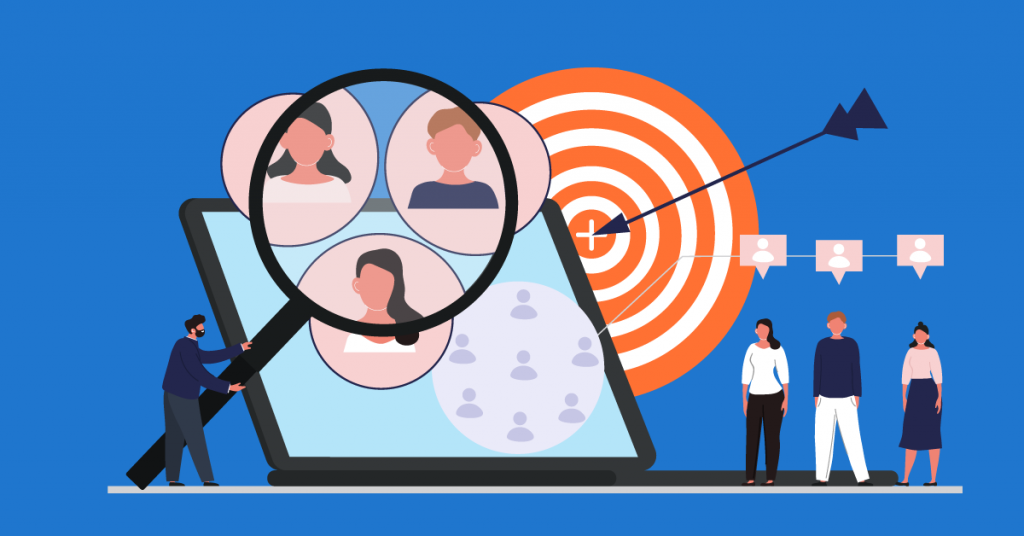
Customer segmentation is a fundamental part of marketing. It ensures that the target prospects of businesses find their content and messages relevant enough to generate interest. It also helps businesses achieve the following:
- Have clear information about customers who share particular business-relevant attributes.
- Understand customers better—where they are and what they need the most.
- Influence customers to take desirable actions such as visiting a website or making a purchase.
- Offer value-added and personalized services to a large segment of customers with ease.
- Develop business intelligence and maintain competitive advantage.
- Identify and dominate niche markets.
Without accurately clustering and classifying your target audience, your marketing messages won’t be effective in influencing consumer behavior. This will make it harder for you to achieve your business goals.
Conversely, data marketing helps you achieve sufficient customer data. By collecting all important and relevant customer information, businesses can accurately segment their audience and categorize them according to their profiles or interests. These help businesses personalize their customers’ digital experiences to boost satisfaction.
It’s important to first define your target customer personas. Customer personas represent the key traits of your audience, based on the data you’ve collected. They help give you insight into your leads’ or customers’ mindsets as they take their journey to make a purchase decision.
Customer personas have to be established first as customers may respond to your marketing efforts differently. For example, a Millennial may find your campaign interesting while a member of Gen X may completely ignore it. Customer personas are used in generational marketing a lot. Conversely, age groups can be used to define customer personas.
After defining your customer personas, you can then set the criteria that differentiate the multiple customer personas you’ve identified. Next, analyze the customer data you’ve gathered so far. If necessary, collect additional data through surveys or customer feedback.
Finally, segment your audience using tools and platforms you use for messaging and forwarding content. This way, you can ensure that those who receive your planned content will find it interesting and valuable, which helps establish meaningful business relationships with target or existing customers.
4. Personalize your advertisements without violating privacy
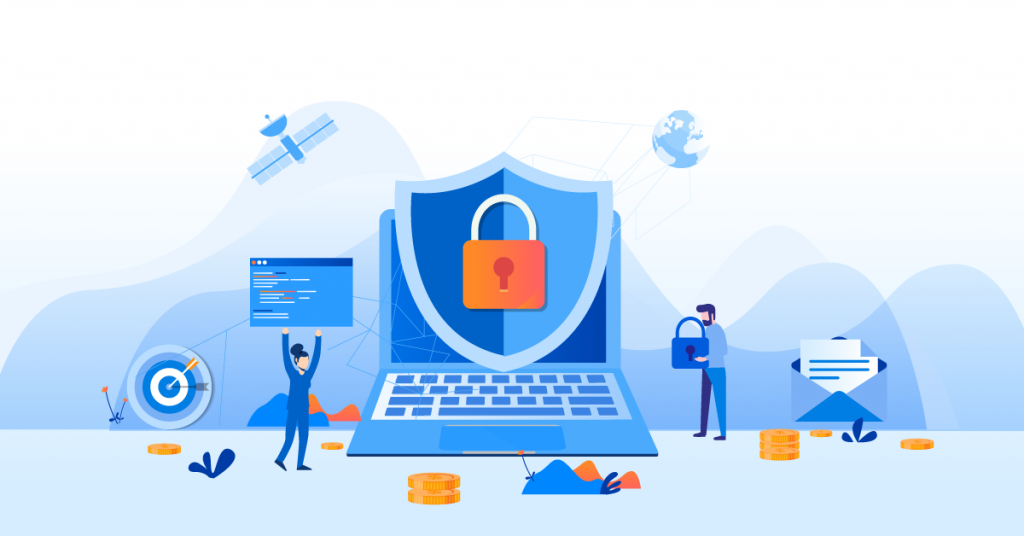
Online advertisements can be tricky. But it’s growing in importance, especially during the pandemic. This is why the spending on online advertising in the Philippines, for example, has been projected to reach US$ 1.05 billion in 2021.
When doing ads, it’s important for businesses to ensure that these ads are relevant to the needs and interests of the target audience. They can do this by personalizing these ads.
And consumers value a highly personalized experience. In fact, a study found that 91 percent of shoppers are more likely to shop with brands who “recognize, remember, and provide them with relevant offers and recommendations.”
The problem is that consumers nowadays demand more transparency from companies and control over how their data is being used. According to a study, almost 97 percent of consumers expressed concerns concerned about the protection of their personal information. This can get in the way of personalization.
This is because companies often have to use previously collected consumer data to make their ads more personalized. This includes users’ previous search queries, activities, and visits to sites—collected data that many consumers consider as too personal and intrusive.
Personalization matters in data marketing, but a balance between privacy and personalization should be achieved. Tools like Conversions API by Facebook and Facebook Pixel can provide insights into important and relevant customers while respecting consumer privacy and while following government regulations.
5. Build an infrastructure that supports data connectivity and collaboration

Businesses need a long-term data strategy to spot new opportunities and have a more accurate and complete view of target customers. To do this, they must build an infrastructure that allows for collaboration, data generation, and data connectivity.
A collaborative business entails the ability to deliver real-time insights internally and externally. This may necessitate going beyond third-party platforms, which tend to be channel-specific unlike infrastructures built for collaboration which can provide a full scope of customer intelligence.
Regardless of whether the platform is owned by the company or provided by a third-party vendor, businesses must consider the following:
- the data connectivity must be conscious and sensitive towards consumer data privacy;
- the platforms you use for handling data must allow for smooth internal and external collaboration, without compromising security;
- automation should be considered for quick data auditing and management of consumer options; and,
- the new infrastructure must be interoperable with future technologies you consider using.
This makes data connectivity and collaboration both essential to data marketing. These marketing essentials allow brands to unify, control, and activate customer data to make more competitive marketing decisions.
Moreover, having an infrastructure that allows for connectivity and collaboration only drives growth for the business in ways that were previously unimaginable.
6. Use predictive analytics.
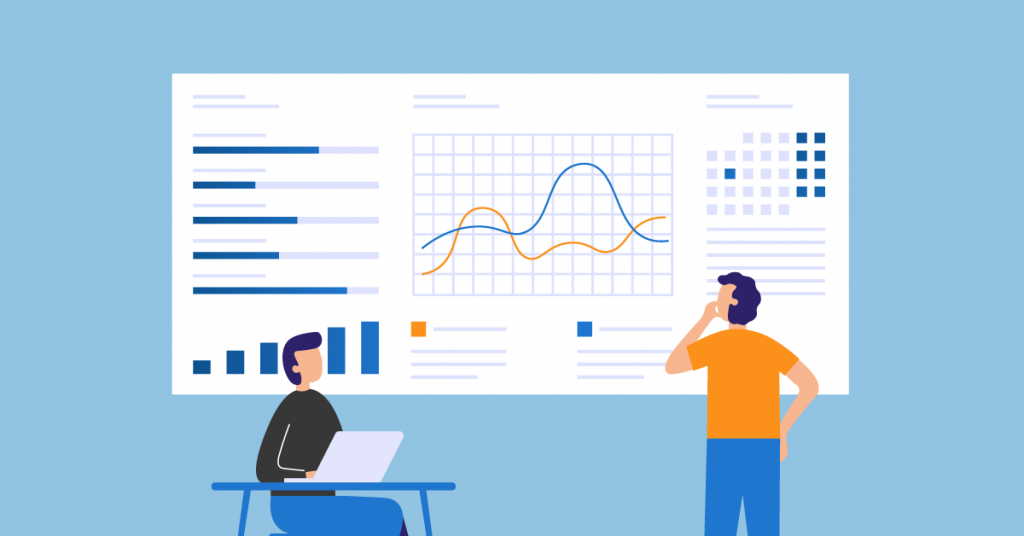
The role of predictive analytics is becoming more crucial in a world where consumer behavior is changing. With data, algorithms, and machine learning, predictive analytics ensures companies can provide satisfactory services, reduce customer churn, and build valuable business relationships with customers.
The use of predictive analytics has been limited until recently. Many successful companies make use of large swathes of data from different sources to make forecasts and predictions. This allows them to come up with strategies and take advantage of opportunities before their competition.
Predictive analytics has many benefits. Among them are the following:
- It helps businesses provide value and relevance to potential and existing customers by knowing the characteristics and behaviors of those who are most likely to buy beforehand.
- It helps marketing teams allocate their resources and budgets efficiently by focusing on the right customers at the right time.
- It improves the ROI of campaigns by enhancing their results.
- It helps businesses identify customers that have the highest risk of churning.
- It eliminates the guesswork of marketers when it comes to scoring leads using advanced algorithm predictions.
Another data marketing essential, predictive analytics is used not only to improve customer relationships and marketing but also to make business offerings more fit and personalized to the evolving needs of customers.
7. Consider marketing orchestration

Marketing orchestration is the synchronization of data from multiple sources into a single, centralized platform. It works by collecting data, cleansing data, enriching data, segmenting the audience, and activating synchronized data across channels and systems.
Many believe that marketing orchestration improves the buying experience of customers. It does this by eliminating data silos to improve operations and campaign results—making use of quick, real-time data to personalize customers’ journeys. It also makes use of all your marketing, sales, and customer success tools to help the business gain a competitive advantage.
Marketing orchestration is often used to help brands respond to a shift in consumer behavior and preference. For example, if a certain product is no longer attractive enough to keep customers purchasing again, marketing orchestration can be used to understand the trends in the market and the change in consumer needs.
Among the fundamentals of data marketing, marketing orchestration is one that is less heard of. However, many companies owe their success to marketing orchestration as it allowed them to become more agile, execute campaigns fast, and get better results.
8. Allocate a budget for data marketing
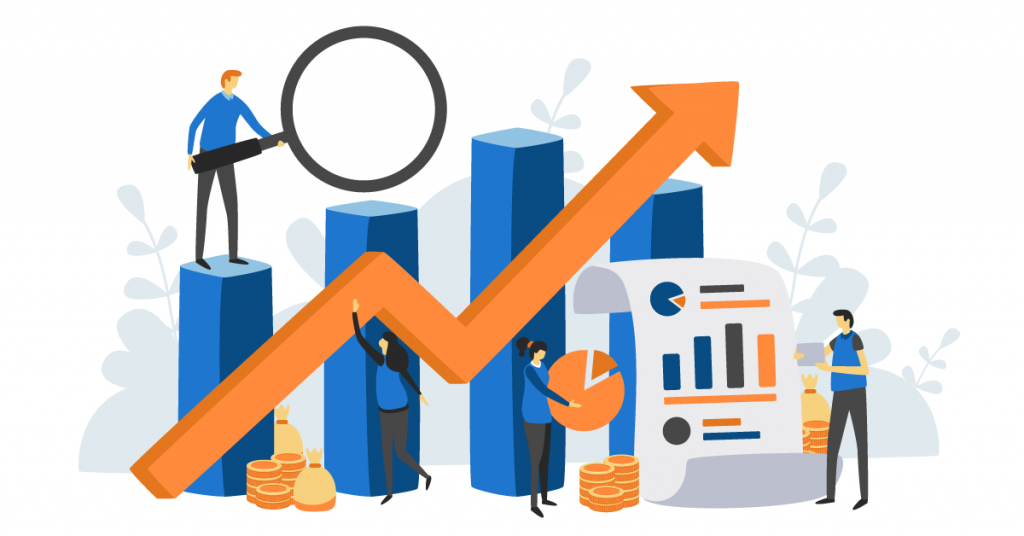
Building a marketing budget is one of the most important business responsibilities. How you allocate each dollar can make a huge difference in your campaigns’ impact and results.
The pandemic may have affected marketing budgets. Many reported declines in budgets by as much as 50.7 percent, while some reports indicate a 12.6 percent increase in budget. But it’s important to understand when allocating budgets for data marketing, how much return on investment (ROI) it can give your business.
In an environment where many business activities have moved online, data marketing plays a significant role in understanding the consumer behavior behind the screen and identifying growth opportunities for businesses. According to a report, data-driven marketing has helped companies improve their campaign ROI by as much as 500 to 800 percent.
To allocate your budget for data marketing, take note of the following:
- Set your marketing goals first and let them guide your strategy.
- Make sure to measure your ROI and marketing results accurately.
- Use tools to get a quick and easy summary of your data and analytics.
- Let data drive your decisions.
Without a proper budget, data marketing may lose its effectiveness. As can be gleaned above, data marketing requires resources and sufficient investment for it to run smoothly.
Extra tip: Find a third-party marketing partner you can rely on
The digital marketing landscape in the Philippines is indeed promising. With many Filipinos dependent on the internet, more opportunities grow for businesses moving online. These businesses can rely on the aforementioned data marketing essentials in order to provide the needed analytics to understand their customers better and make data-driven decisions.
Data marketing also goes hand in hand with the positive digital transformation trends in the Philippines. As we become more interconnected, more accurate data can be collected to help businesses personalize consumer experiences and grow more meaningful relationships with customers.
Want to know more about data marketing? Partner with our experts at Eight Media now. Get started with a free 15-minute consultation here.

